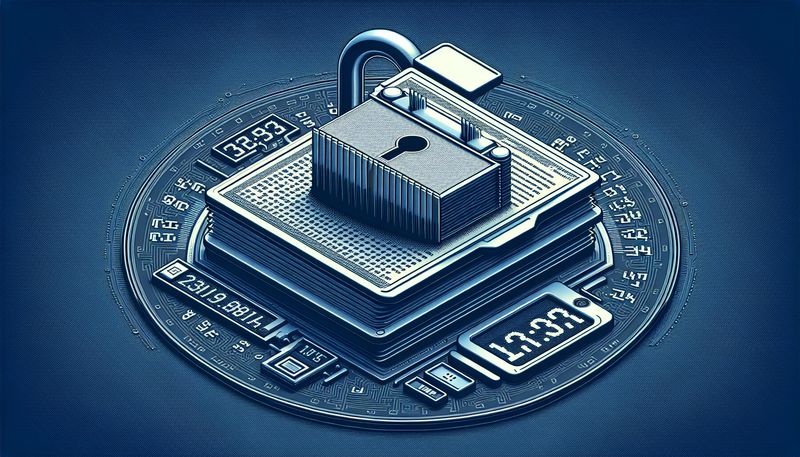How Digital Timestamps Work
21 April 24
Imagine you're an artist, a scientist, or an inventor, and you've just come up with a revolutionary idea. Now, you want to protect this idea by proving that it was yours at this specific point in time. You could go through the lengthy and costly legal procedures for copyright protection, or you could use Digital Time Stamps.
With Digital Time Stamps, you can store an encrypted fingerprint of your work on the blockchain. This not only proves that the intellectual property was yours at a specific point in time but also protects against file tampering. The technology behind it is simple, yet robust. Once your unique digital signature is created, it serves as proof that the file's contents are identical to the original version. This service includes a list of processed files, their timestamp proofs, and transaction history. And the best part? Verifications are free, and anyone can check a file without needing an account.
The technology behind Digital Time Stamps leverages the decentralized and publicly auditable Bitcoin blockchain. This makes it a cost-effective and trustworthy solution, costing only $2.50 per file. But how does it work? The timestamping process is near-instantaneous, avoiding the wait for Bitcoin confirmations. This means you can have your work timestamped and protected in no time.
The applications of this service are broad, from document sharing to securing file integrity and ensuring video integrity. So whether you're a filmmaker wanting to protect your footage, a scientist wanting to timestamp your research, or an artist wanting to protect your creations, Digital Time Stamps is the solution for you.
Why is this information captivating and beneficial for you? Because in the digital era, where ideas can be shared and copied within seconds, protecting your intellectual property is crucial. With Digital Time Stamps, you can do this quickly, effectively, and affordably.

